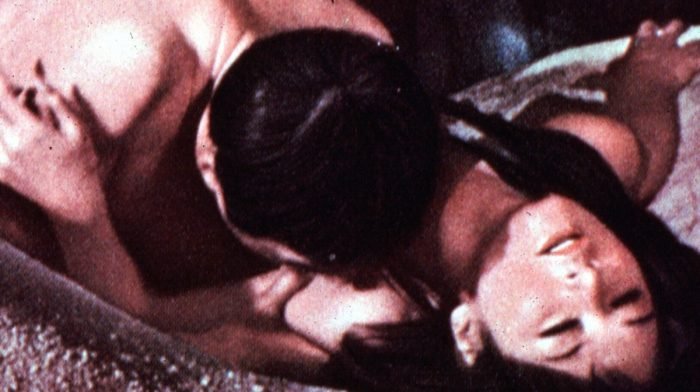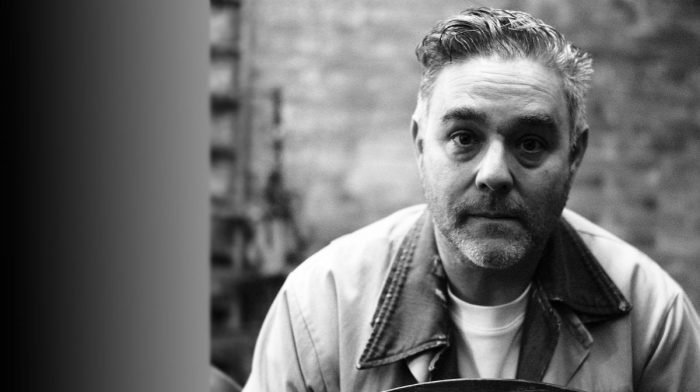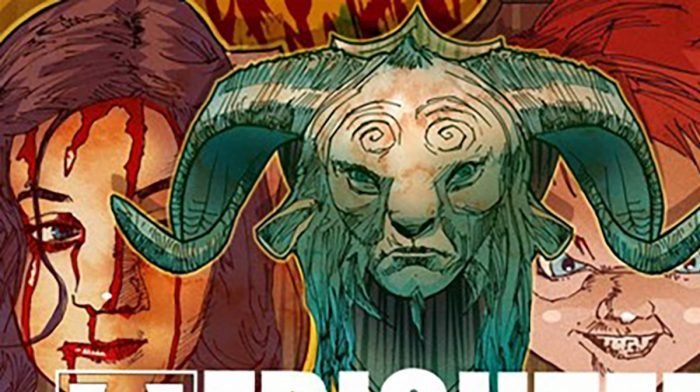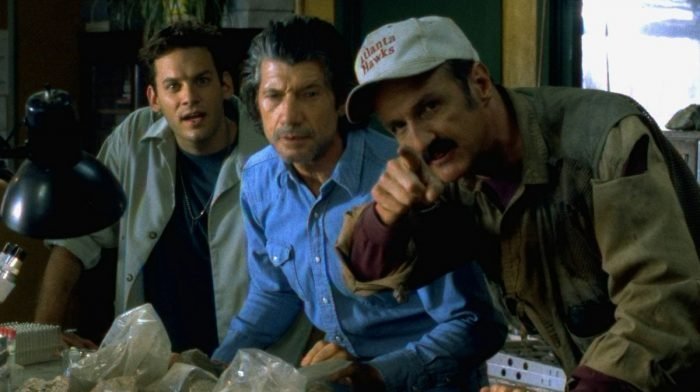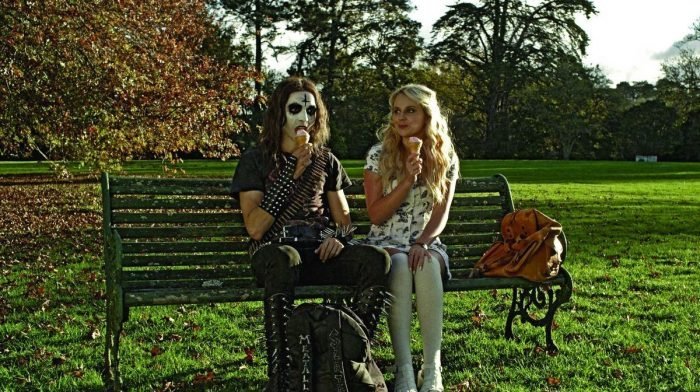British director John Mackenzie and screenwriter Barrie Keefe’s British gangster film, The Long Good Friday (1980), is one of those films that as a film student, I remember having an acute awareness of before I’d even seen it. Actor Bob Hoskins’ turn as businessman and London gangster, Harold Shand, was a figure of cult lore. Images of the film’s artwork, his defiant expression, teeth gritted, pierced the cultural consciousness, or, at least, that has always been my impression.
The preceding decades of the 60s and 70s had redefined cinema, and the 80s would become a seminal decade for violent action films. In a contemporary review American critic Roger Ebert described The Long Good Friday as, “a masterful and very tough piece of filmmaking.” It has the raw and grainy aesthetic that defined the cinema of the period, with a lean plot, a soundtrack that pounds the senses, and a barnstorming and part improvised performance by Hoskins, that matches the rawness of the cinematography and music.

Getting on Harold’s (Bob Hoskins) bad side isn’t advised
The film centres on the familiar story of corrupt men seeking legitimacy, for example the Kennedy family story, once bootleggers transformed into political heavyweights. From real life, this ambition has been a thematic presence in the genre – Thomas Shelby (Cillian Murphy), in Peaky Blinders, and Michael Corleone’s ambitions to make the most powerful of the Five Families of New York legitimate.
Eyeing the lucrative development potential of London’s derelict Docklands, Shand attempts to broker a deal with the American mafia. It’s another step towards legitimising himself as a businessman with vision. But over the Easter weekend when Harold is hosting his American counterpart, Charlie (Eddie Constantine), someone lights a fuse that rips apart his world.
The ambiguous and violent opening, followed by the assassinations of Harold’s associates asks the question, who is out to get him, and why? Mackenzie and Keefe are in no rush to answer the question that preoccupies their drama, and again its an archetypal one within the genre.
In The Godfather Part II, there’s the mystery of who was behind a botched assassination attempt on Michael, while its predecessor hid with a subtlety the Machiavellian plot behind the assaults on the Corleone family. Rooted in tradition, The Long Good Friday is more tenacious than its American brethren in its protagonists search for answers.
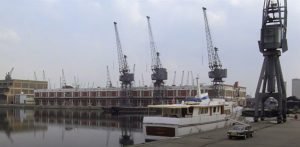
“No other city in the world has got…such an opportunity for profitable progress” – The changing face of London’s Docklands
The question of the identity of Harold’s boogeyman is the superficial reason it continues to endure, more than forty years since its release. What has helped the film stand the test of time is the intricate deconstruction required to understand and appreciate this complex character study. Harold can be seen as weak and strong, secure and insecure, which ties into the prolonged closing images.
On the film’s commentary track, Mackenzie admits, “One of the things I did rather well in this film, which often I don’t get right, is the ending.” He talks about how when he and Keefe were on the eight draft of the script, he turned to his scriptwriter and said, “I know how this film’s going to end. The one thing I know is it has got to end on Harold Shand in the car, defeated but at the same time defiant. And I’ll end it on a big close-up, and I’ll go on and on with that close-up.”
This memorable closing sequence is comprised of edits, body language and facial expressions, and accompanied by the pounding soundtrack that is a fanfare for defeat meeting defiance. The Long Good Friday boasts two other memorable scenes that underpin this conflict – the explosion at Harold’s restaurant signals the fall of his empire, and the patriotic speech as his deal with Charlie and the mafia falls through, shows his defiant spirit.

Harold looks out on the Thames considering it’s potential
Shand is a man that lives out of his own ego, casting an impression of a Roman emperor whose subjugation of tribal enemies, here the London underworld, has ushered in an era of peace, and with this new venture on the docklands, a prosperous future. In his own head, Shand is a larger than life figure, and when the question is answered who is after him and why, he’s a small man with big ideas.
Ebert writes, “It’s all a big misunderstanding, based on stupid decisions taken by Shand’s underlings and misinterpreted by the IRA. But although we know the real story, and Harold Shand does, the IRA never does…”
In the current day air of powerful men shrugging accountability, I find myself agreeing and disagreeing with Ebert’s assessment. Yes, it’s a misunderstanding, but they’re Harold’s underlings, hence he will be held to account. Harold ultimately pays the price for his hubris. When the Irish connection is mentioned and Parky (Dave King), a detective on his payroll warns him there’s no reasoning with these people, Harold gradually changes tact – from over confidence in his might, to believing he can appease them by way of financial compensation. He underestimates their ideological roots, that brands them a different type of enemy to any he has previously fought.
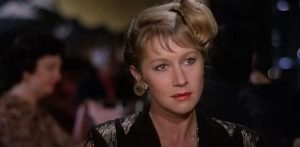
The upper class Victoria (Helen Mirren) roughing it as Harold’s mistress
Preceding the car scene is a meeting between Harold and Charlie in The Savoy hotel. Mackenzie says they wanted a final defiant and patriotic speech, in which Harold becomes, “outrageous about the British empire, and culture, and him being the exponent of great British culture.” Declaring he’ll do business instead with the Germans, and the UK now belonging to the Common Market, resonates differently now than it would have with the contemporary audience. The ambitious and overzealous Harold, who sees himself as a nostalgic echo of Britain’s proud history, reminds us of how empires and powerful men rise, only to encounter an non-serendipitous fall. In post-Brexit Britain, the dismissal of the Americans is ironic, having witnessed the Americanisation of British culture since the films release, and the country ever-leaning towards America and not Europe.
What the car scene, with a silent defeated and defiant Harold represents, is the subjugation of the forces of capitalism and commerce to ideological forces. Yes, the IRA are after revenge, but within their pursuit of revenge, an age old conflict is represented, but one told by way of a thrilling yarn.


